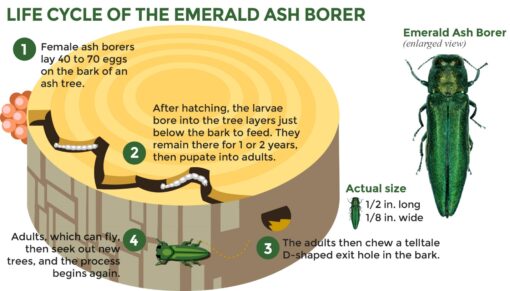Insect Management
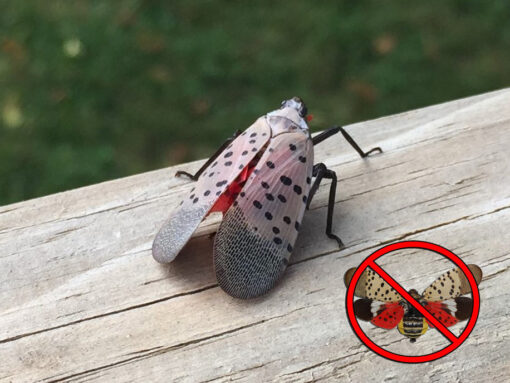
Spotted Lanternfly – Spotted Lanternfly (SLF) is now a part of our “pandemic culture”. This insect, native to Asia, emigrated to the US about 10 years ago and has made its way to our area.
SLF's most favorite tree is the Tree of Heaven (Ailanthus altissima), but it does not stop there. It will feed on Apple, Beech, Birch, Cherry, most Maples, Willows and even Goldenrod!
SLF is a sucking insect. It pierces the bark of the host tree and sucks the sap. The residue, called “honeydew” attracts Yellowjacket wasps and ants. The honeydew makes sooty mold that can interfere with the plant’s photosynthesis. (picture of a tree in Flemington NJ, Sept. 2020) SLF will not kill the tree. It will stress it, since the tree is not getting the nutrients it produces.
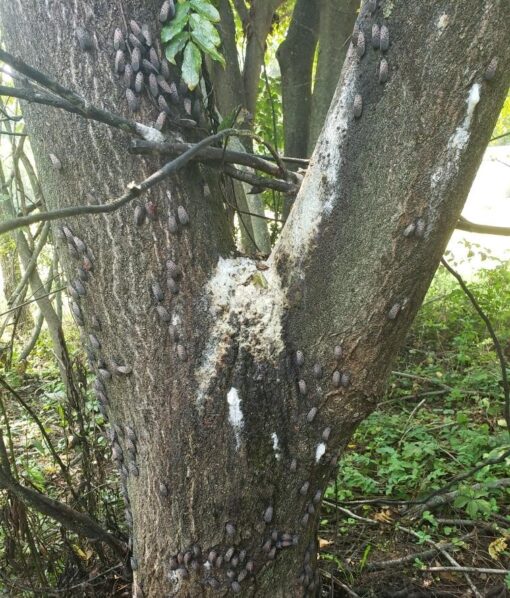
T&T recommends a systemic material sprayed on the trunk of the tree. The material is absorbed through the bark. As the SLFs feed, they ingest the material and die. The material lasts approximately three months.
Emerald Ash Borer – The non-native beetle, originating from northeastern Asia, was first detected in 2002 in the US in southeastern Michigan and has made its way to the NJ and PA area.
Emerald Ash Borer has become one of the most destructive pests in North America, destroying tens of millions of Ash trees. The female lays her eggs on the bark. The hatching larvae bores through the bark and feeds on the inside of the tree for 1 to 2 years, before emerging as an adult beetle.
T&T utilizes a state-of-the-art material that is injected into the tree, just under the bark. This pesticide is transported upward by the tree and kills the larvae. The material lasts for approximately two (2) years, working to reduce the infestation.
Through these efforts, T&T has preserved thousands of Ash trees for our customers, ranging in size from 8” to over 72” in diameter!
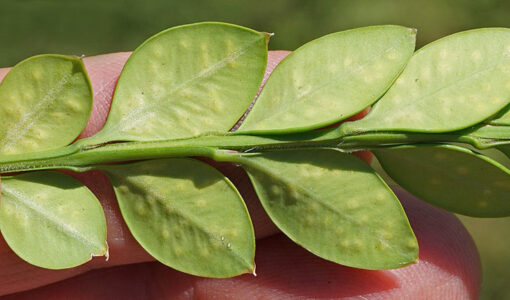
Boxwood Leafminer – The adult fly lays its eggs and the larvae hatch INSIDE the leaf of the plant. Left unchecked, the larvae eat away at the leaves from the inside, which causes discoloration and eventual defoliation.
T&T recommends a twice-per-season application to the Boxwood root zone with a systemic material. The Boxwood absorbs the material and it kills most of the larvae.
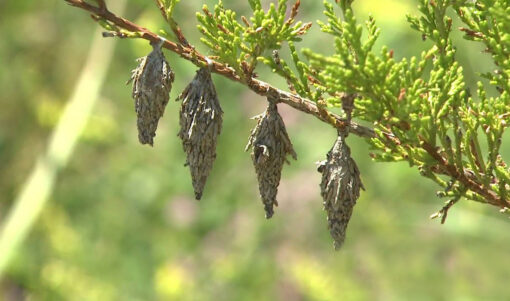
Bagworm (it’s really a MOTH)
Once your plants have Bagworms, it can take a couple of years to get them under control. Left unchecked, the caterpillars will completely defoliate and kill your trees, bushes and hedges. A topical spray application will kill many of the insects, but some cocoons will survive.
In mid to late June, when the caterpillars emerge from their cocoons, they “carry them on their backs” (hence the name ‘bagworm’) and begin eating the foliage.
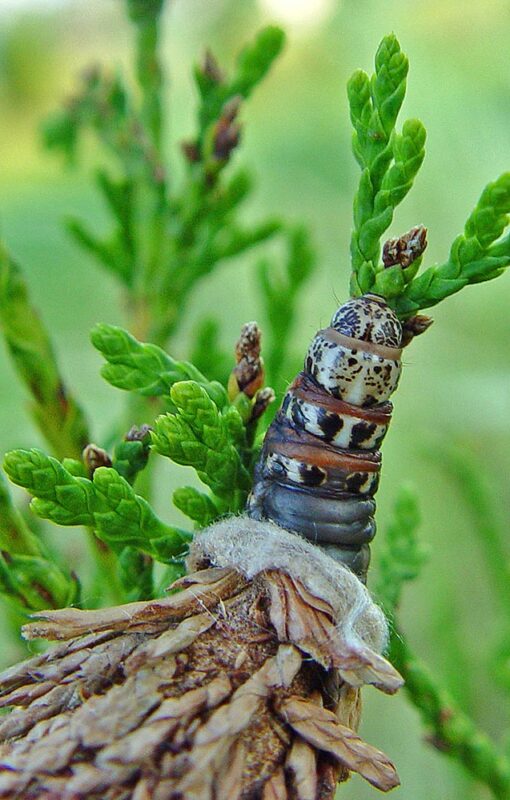
The male moths emerge in the fall and fly off to find a mate, while the females are wingless. Females remain behind, waiting for a male to arrive, mate and lay more eggs, between 1,000 to 1,500!
T&T uses a chemical insecticide to manage the Bagworm population. We schedule applications to affected bushes and trees when the worms are still young larvae, generally sprayed between late-June and mid-July but may stretch into mid-August.
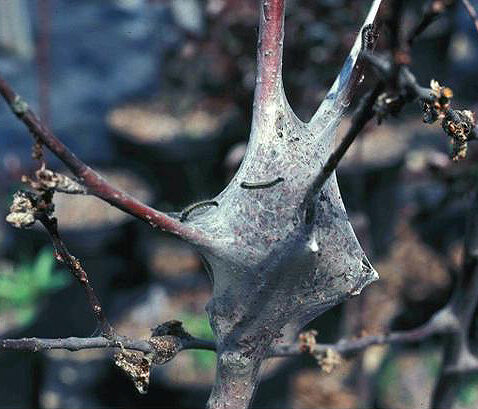
Eastern Tent Caterpillar, Malacosoma americanum, is a pest native to North America. Populations fluctuate from year to year, with outbreaks occurring every several years.
Tent caterpillars prefer wild cherry trees, ornamental cherry, crabapple, apple and other ornamental fruit trees. Large colonies can significantly defoliate trees, as they feed on the leaves. This usually does not kill trees, which generally develop new leaves, but may make the tree more susceptible to disease and other problems. However, left unchecked, they will completly difoliate the tree, which will eventually die, as it can no longer produce nutrients.
The caterpillars hatch from their egg masses in early May and are most visible late June to early July when their tents have reached a size that can easily be seen while driving 30 mph down roadways.
If you can get to the tent, cut the limb from the tree in the late evening when the caterpillars are inside. Destroy the nest by spraying it with a solution of 2 tablespoons of vinegar to 1 gallon of water or any general pesticide (ant spray). If the nests are too high, call T&T and we can schedule a service.
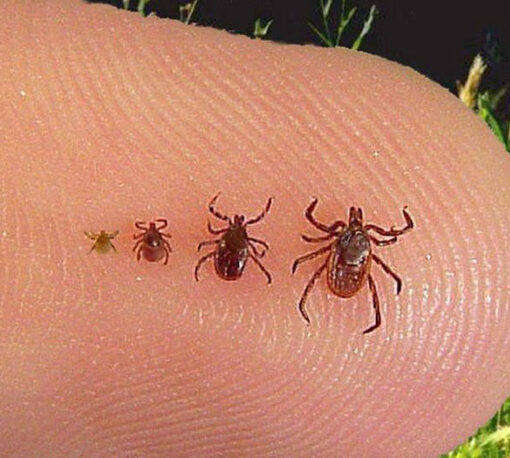
Ticks – the areas under shrubs and across wooded lawns are a prime location for ticks. Treatments in Spring will reduce the hatching “nymphal” population. Later summer applications will reduce adults.
Other common insects
- Scale – Common on Evergreens but can be seen on leafless shrubs in the spring as tiny white specs
- Japanese Beetles – Roses and all Purple leaf trees and shrubs
- Cankerworms
- Lacebugs on Azalea and Boxwood
- Eriophyoid Mites – Alberta Spruces and spruces in general
Dormant Oil is a non-toxic horticultural oil applied in both Spring and Fall to Evergreens and deciduous trees to suffocate insects and reduce hatching eggs. Common for controlling Scale, Wooly Adelgid, Aphids, Mites and Whiteflies.
